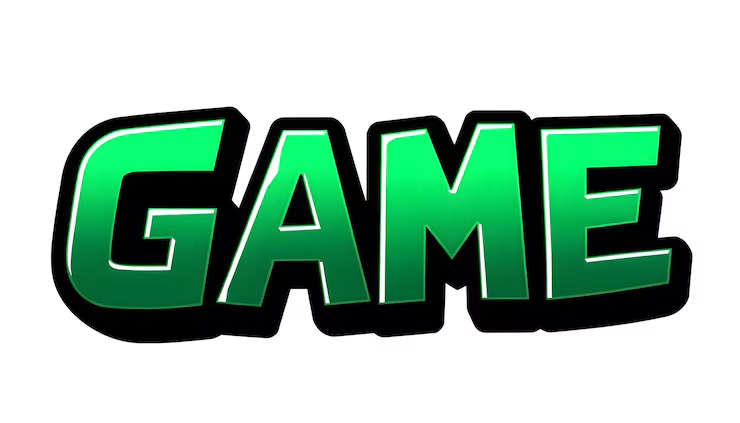What are you looking for?
Search
Outcast Silver Raiders is a distillation of the OSR in service of an occult medieval vision. The rules work within the familiar framework of old school Dungeons & Dragons and are popular with thousands of published supplements. Play is fast and simple, focused on exploration and player ingenuity.
People who have never played a tabletop RPG pick up the rules quickly, and experienced gamers appreciate their elegance. If you love the OSR movement or 5E, you will love this game. If you don’t know what the OSR is, this is a great place to start.
Outcast Silver Raiders is a luxury game set which includes everything a group needs to play. This Slipcase Edition includes the Player’s Guide, the Referee’s Compendium, a mammoth-sized campaign book called The Mythic North, and a poster-sized map of the Mythic North.
All of the books are lavishly illustrated 6” x 9” hardcover volumes printed in color, with ribbon bookmarks.
Player’s Guide
64 pages.
The player’s guide includes the rules of the game and rules for the three core character classes:
Rogue, Sorcerer, and Warrior.
Each of these three classes is unique, and has an important role in the party with little overlap in skill sets. Additional classes are included in the Referee's Compendium, but playing with these three core classes is the most authentic occult medieval experience.
Rogues are the best at using skills and infiltration. They are the problem solvers of the party, accomplishing feats of cleverness the other party members couldn't dream of. And if they get the chance, they stab people in the back.
Sorcerers use dæmonic blood magic, feeding their own blood and health to dæmons to support the party. Dæmons can offer boons of healing, bonuses to rolls, and direct damage to foes.
The rules system is a distillation of various old school sources:
Characters have the six traditional ability scores, rolled in order.
There are ten skills covering most adventuring situations.
Attack rolls are made with d20s (add modifiers and match target's AC to hit).
Saving throws are made with d10s (add modifiers and succeed on 10+).
Ability and skill checks are made with d6s (add modifiers and succeed on 6+).
Rolling higher is always better.
The book is laid out for maximum readability and easy reference at the table. Each spread was considered as one layout, and great effort was made not to split information across spreads.
Referee’s Compendium
144 pages.
A four-section tome meant for referees. Referees describe the characters and places encountered in the game world, and adjudicate the rules fairly and consistently.
The second section includes 20 individually illustrated rituals, inspired by real world magical practices. Rituals take a long time to cast, require strange and obscure ingredients, and have world-changing effects. There is also a full list of 100 ritual mishaps for when trafficking with dæmons inevitably goes awry...
The third section includes rules for creating powerful but dangerous magical artifacts, advice for including artifacts in a campaign, and sample artifacts.
The last section includes optional rules for classic fantasy races (dwarves, elves, gnomes, half-elves, halflings, half-orcs), and seven extra character classes (barbarian, druid, monk, paladin, priest, ranger, and warlock) along with rules and spells for divine and dæmonic magic. This section is included for easy conversion from other traditional fantasy roleplaying games, but also includes advice on using these extra character options in an Outcast Silver Raiders campaign.
The Mythic North
The Mythic North is a hex-crawl campaign setting for Outcast Silver Raiders (or any OSR style game), set in a low-magic alternate Earth circa 1200 CE. The location is inspired by Scotland, but can be placed easily inside any world.
There are no fantasy races in The Mythic North. There are no thieves or wizards guilds. Monsters exist as legends inhabiting the distant regions of the world. The ascendant church roots out any hint of magic. A low magic setting ensures that when the players do encounter something magical (like an alchemist, a man of brass, undead Roman soldiers, the Spider Kings, or a religiously insane serial killer), it feels truly strange, powerful, and oftentimes horrific.
The Mythic North includes six factions the outcasts can support or vie against, a huge list of 88 encounters focused on storytelling over combat, and 30 keyed, mapped locations (many of which include maps of multiple floors).
Amongst those thirty locations are two large towns, several small towns, a variety of strange and unique locales, 4 multi-level dungeons, and 1 mega dungeon with 12 separate mapped areas. The locations are described using short but descriptive bullets, and illustrated in Lex Rocket’s inimitable style that makes them easily understood and easy to run at the table.
The factions, encounters, and locations neatly tie the world together, making every exploration of the Mythic North feel unique but deeply interconnected. Every piece of the campaign setting is aimed at getting referees up and running quickly, requiring very little preparation between sessions. The map provides tons of space for referees who want to insert their own or other published adventures.
Banding Prison is one of thirty mapped locations (and includes four sub-maps). It is situated on an island off the western coast of the northern marches. It was previously a monastery, and is now a brutal prison where Lord William Dynaver of Cleardor stashes his political opponents. Pictured is a map of the ground floor of the prison’s fortified keep.
The Warlock Towers is another one of the thirty mapped locations in The Mythic North. It is the home of Red Peter, the infamous warlock. Pictured are two of the ten sub maps that make up this mysterious location, showing the ground floors of Edwin Morch’s old square tower, and Red Peter’s new, sumptuous marble tower.






















